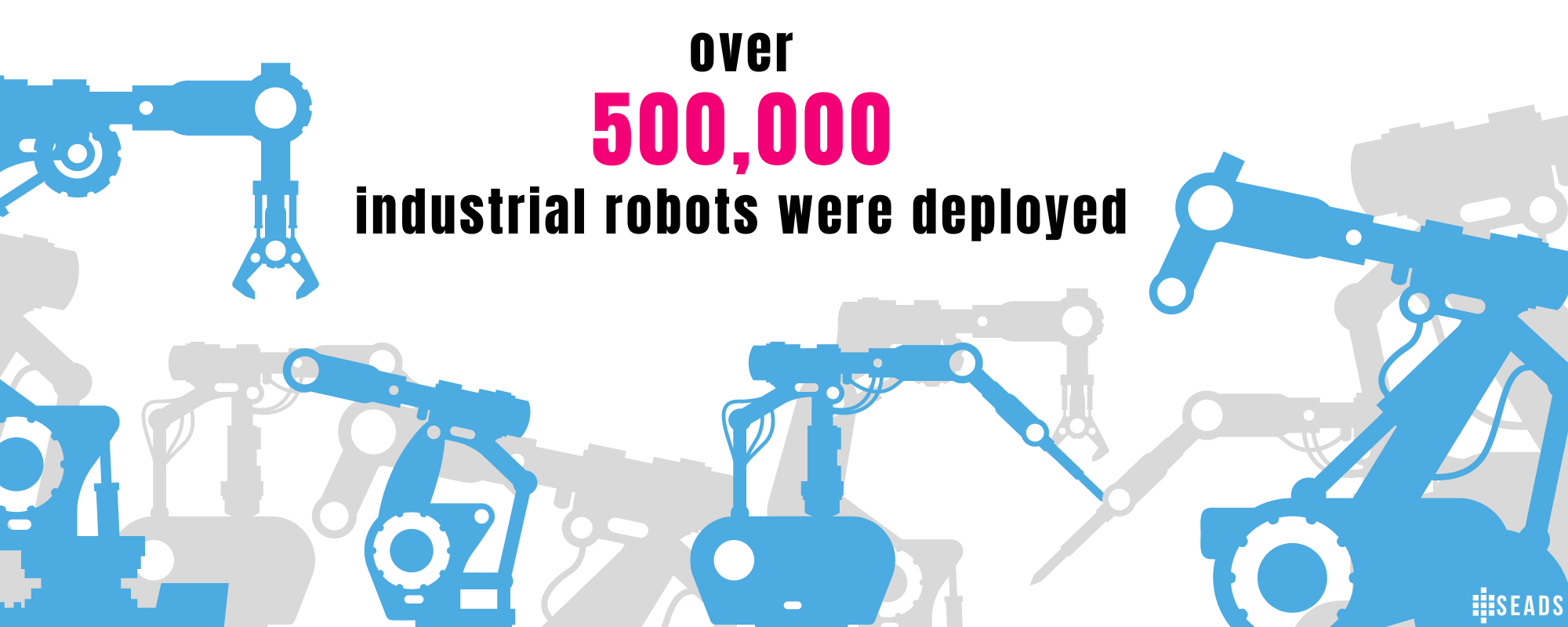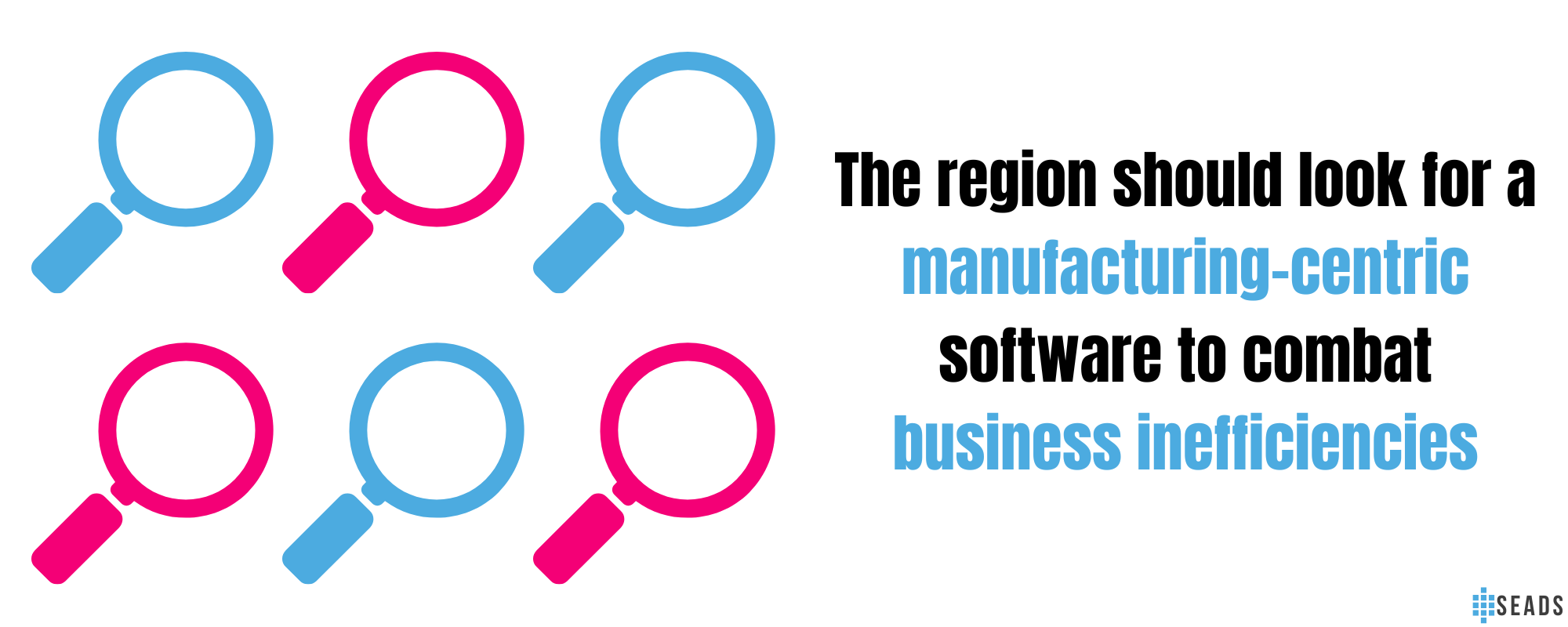Smart manufacturing is quickly becoming inevitable as the industry sees an increase in the deployment of industrial robots and the forecasted spending on digital transformation.

According to the International Federation of Robotics, in 2021, over 500,000 industrial robots were deployed in companies worldwide, while the International Data Corporation forecasts that spending on digital transformation will reach USD$3.4 trillion in 2026.
However, the industry is facing labour challenges with the US predicted to have about 2.1 million unfilled positions by 2030, and talent shortages could lead to a loss of USD$1 trillion, according to Deloitte and The Manufacturing Institute.
One of the main challenges in the industry is the lack of integration between advanced technology tools, leading to the lack of traceability and discontinued data silos, as explained by Dassault Systemes 3D EXperience Works Executive VP, Gian Paolo Bassi.
This interruption causes disrupted collaboration across teams, reduced efficiency and agility across manufacturing facilities, and possibly even the loss of information and data. Thus, using tools that speak the same language is crucial in manufacturing, considering that it is the capital-intensive part of production.
Digital continuity is a manufacturing process that is holistic and can be done by using an enterprise resource planning tool. This tool can trace and monitor performances and have an overview of future predictions leading to real-time informed decisions, reducing downtime, and making the supply chain more seamless.
However, the Asia Pacific, one of the largest manufacturing hubs globally, is lagging when it comes to digital transformation, according to a survey by Asean Innovation Business Platform and Oracle. The survey reveals that almost half of the respondents see their companies failing due to difficulties in optimising digital tools and integration automation in business processes.

Bassi suggests that the region should look at manufacturing-centric software to combat business inefficiencies. By using tools that can integrate with each other, companies can have a more comprehensive overview of their operations and improve their efficiency. With digital continuity, companies can better manage their operations, leading to better decision-making and ultimately improving their bottom line.